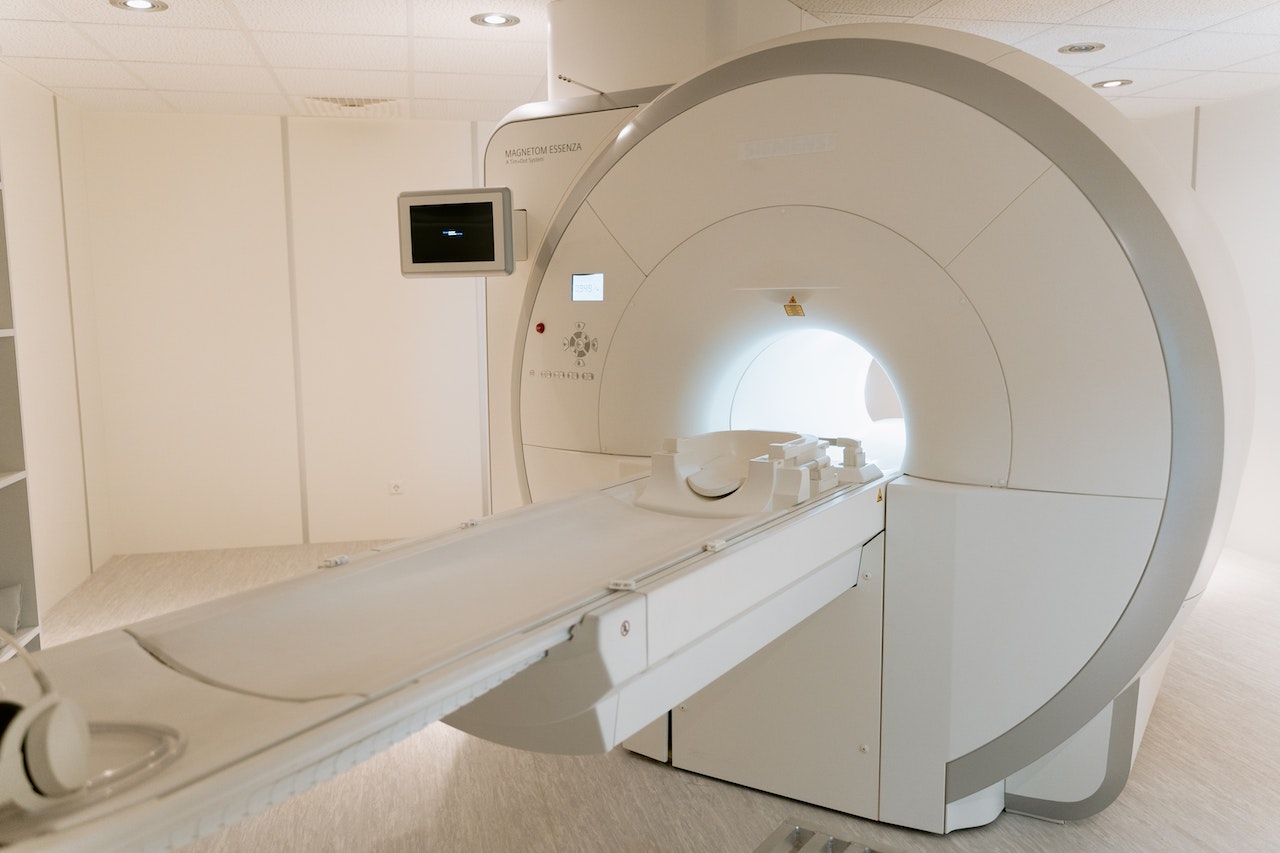The most serious ambulance calls are now being responded to in under 8 minutes for the first time in two years, in signs that the service is turning its performance around. Urgent, emergency care and cancer care are all seeing waiting times fall in what will surely be a welcome improvement for patients. Specifically, a large amount of funding was assigned to the North West which has seen particularly bad performance figures for NHS services and has a unique combination of logistical problems and service cuts. Before we assess the figures, let’s get into the funding which has made these changes possible.
Speaking early in January Rishi Sunak, the Prime Minister, stated his intent to improve patient access by ramping up ambulance assets, “Cutting NHS waiting times is one of my five priorities. Urgent and emergency care is facing serious challenges, but we have an ambitious and credible plan to fix it”. Alongside this, an NHS press release stated some intent as to where the funding would go and which areas needed attention in an almost £1 billion fund, “Frontline capacity will be boosted further thanks to 800 new ambulances, including 100 specialist mental health vehicles, and 5,000 more sustainable hospital beds backed by a £1 billion dedicated fund”.
The number of patients waiting a year and a half for treatment fell to just 10,737 by April of this year – down massively from nearly 125,000 in September 2021. Areas which received extra funding such as the North West have seen reductions of nearly 90% since September 2012 to 1,719. Even better, the 62-day cancer backlog fell year-on-year, with those waiting two months or more down from 21,823 at the beginning of last year (March 2022) to 19,248 at the end of this year (March 2023). This reduction of 15,000 is down from a 34,000 peak in summer last year. Again, the North West saw a big reduction of 3,305 from a peak of 7,397 in October last year. The real truth here, though, is that these are demonstrable effects coming from the NHS funding prepared and assigned earlier this January in an attempt to right the ship.

Speaking on the improvements, NHS chief executive, Amanda Pritchard, said: “The great strides the NHS is making on long waits, urgent and emergency care, and cancer services in the face of incredible pressure is testimony to the hard work, drive and innovation of frontline colleagues. Since we first published the NHS Elective Recovery Plan last year, we have slashed the numbers waiting the longest for care with 18-month waits down more than 90% on their peak. Ambulance response times are the fastest they have been for almost two years while A&E performance has also improved. And thanks to record numbers of tests and checks, the cancer backlog has fallen year on year for the first time since the start of the pandemic”.
Some of the progress has been hit by industrial action, with the NHS reporting that around 500,000 hospital appointments were postponed since the start of December with almost 200,000 appointments affected during the four-day junior doctor strike action recently. With a new NHS pay deal being reached recently, here’s hoping that unions find the changes acceptable and continue with service provision and end industrial action.
There’s been high praise from the top of the government in response to the improvement in service provision and waiting time reductions. Rishi Sunak, The Prime Minister, recently gave his thoughts on the news, “I promised I would cut NHS waiting lists and we are delivering. Reducing 18-month waits by over 90% is huge progress, and it is testament to the hard work of NHS staff who have achieved this despite one of the busiest winters on record. We still have work to do but backed by record government investment and the ongoing efforts of the NHS, I am confident we will get patients the care they need more quickly.”
